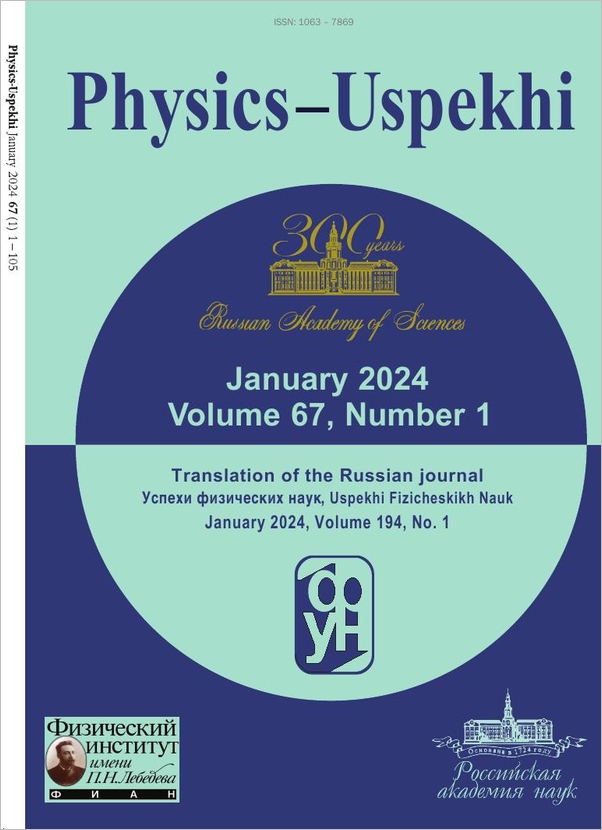|
This article is cited in 11 scientific papers (total in 11 papers)
REVIEWS OF TOPICAL PROBLEMS
Relativistic runaway electron avalanche
L. P. Babich
Russian Federal Nuclear Center—All-Russian Research Institute of Experimental Physics, Sarov, Nizhny Novgorod region
Abstract:
Discussed are the genesis of the concept of the relativistic runaway electron avalanche (RREA) and its mechanism as an analog of the Townsend's avalanche, but capable of developing, unlike the latter, in weak thundercloud electric fields. Thanks to this, it was possible to overcome difficulties while interpreting results of observations of penetrating emission enhancements in thunderstorm atmospheres. The main inelastic interactions of high-energy electrons with atomic particles participating in the avalanche development are described; in terms of the drag forces, the essence of the runaway process is discussed; and methods of RREA numerical simulation are described. In approximate historical sequence, results of calculations of the spatial and temporal scales of the avalanche enhancement are analyzed and contemporary data on avalanche macroscopic characteristics are given, which is required for numerical simulations of the runaway electrons in the fluid approximation. As an extension to the relativistic range of the mechanism of the classical cathode-directed streamer, relativistic positive feedback is discussed, by means of which a generation of the RREA series, as a self-sustained process, is supported. Laboratory experiments on RREA modeling are described, in one of which the initial stage of the avalanche was produced.
Received: October 29, 2019
Revised: March 15, 2020
Accepted: April 6, 2020
Citation:
L. P. Babich, “Relativistic runaway electron avalanche”, UFN, 190:12 (2020), 1261–1292; Phys. Usp., 63:12 (2020), 1188–1218
Linking options:
https://www.mathnet.ru/eng/ufn6681 https://www.mathnet.ru/eng/ufn/v190/i12/p1261
|


| Statistics & downloads: |
| Abstract page: | 197 | | Full-text PDF : | 35 | | References: | 33 | | First page: | 3 |
|





 Contact us:
Contact us: Terms of Use
Terms of Use
 Registration to the website
Registration to the website Logotypes
Logotypes








 Citation in format
Citation in format 
